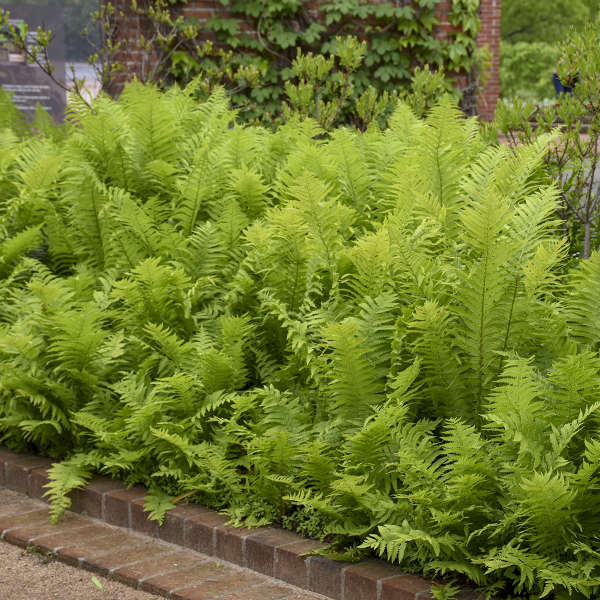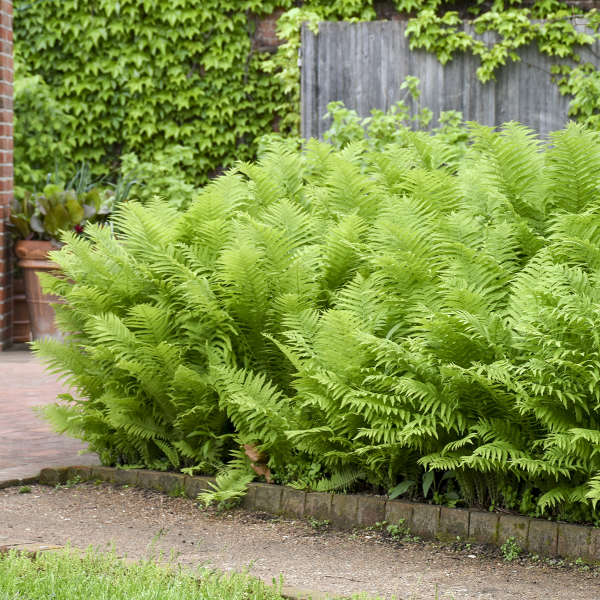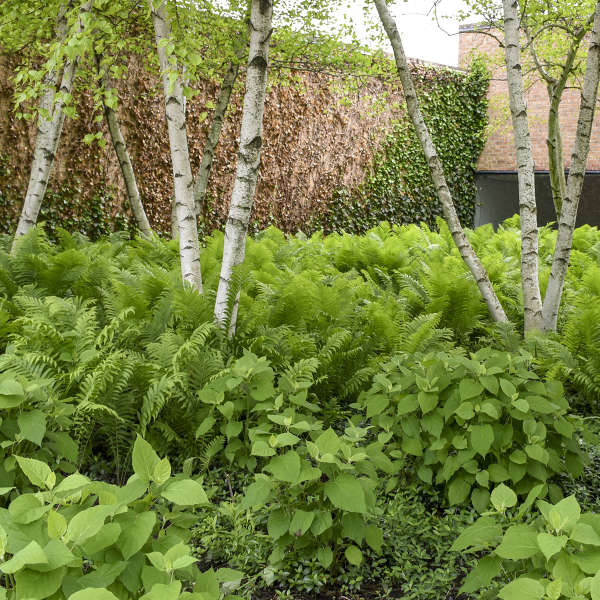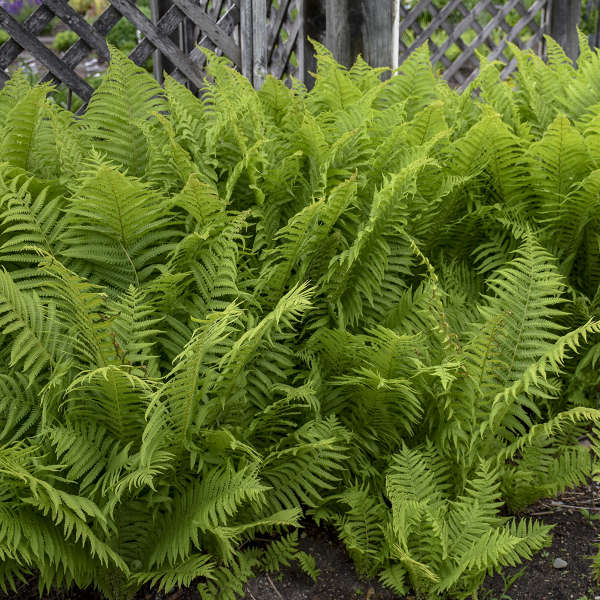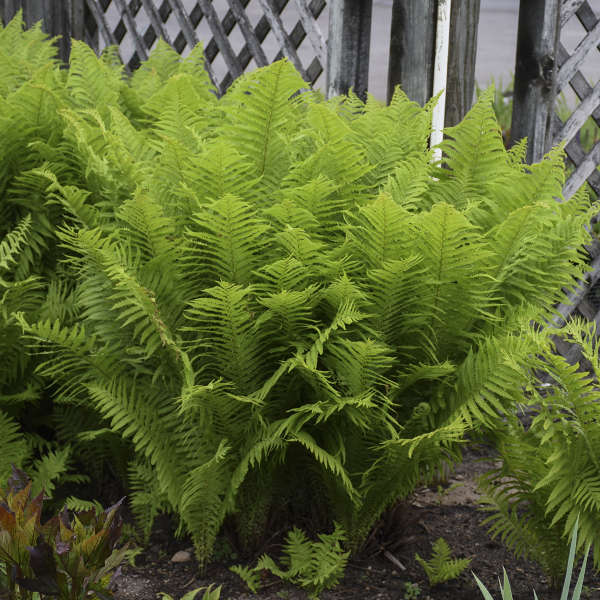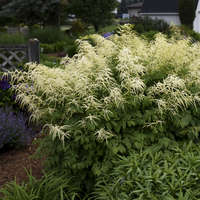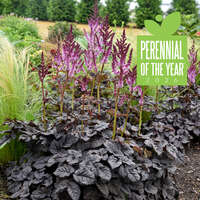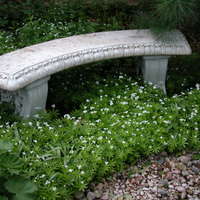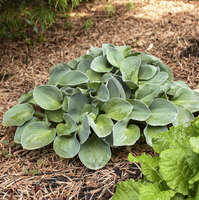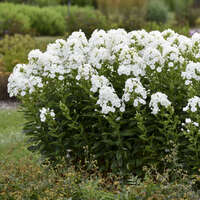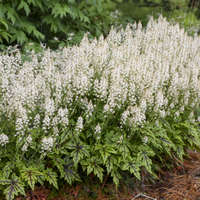Growing Temperature:
60-70° F
Soil PH:
5.5-6.5
EC (What is EC?):
1.0-1.5 pour through method
Fertility:
Ferns can be sensitive to high salt levels and may become scorched or experience root injury. Apply 50-75 ppm nitrates delivered through a water soluble fertilizer with every irrigation. Time release fertilizers incorporated in planting media should be about half of that used with most other perennials. Top-dressing with controlled release fertilizer on the soil surface should be done at low rates, as recommended on the label.
Pests & Diseases:
Nemetodes, aphids, whiteflies, and fern moth caterpillar in greenhouse; thrips, scales, mealybugs, black vine weevil, fern snail (Deroceras), armyworms, Japanese beetle, crickets, grasshoppers, caterpillars in the field.
Botrytis blight, leaf spots, sooty mold(indoors or South), rusts, damping-off(of prothalli), foliar Rhizoctonia, Pythium.
Potting & Timing:
Ferns can be grown at 65-70° F to flush quicker, then lowered to 58-63° F to finish the crop.
The best results are achieved when ferns are planted the summer of the year prior to sales to allow time for them to bulk up to size.
Moisture:
For potting soil use commercial planting media.
Good irrigation practices are important. Ferns should be kept moist from the time they are planted until they are shipped. Water thoroughly when irrigation is required, and allow the substrate to dry slightly between waterings. It is best to water early in the day to allow the fronds plenty of time to dry before night.
Planting Level:
Plugs should be placed at same level as the soil surface in the container.
Lighting:
Ferns should be grown under at least 50% shade in the North and up to 70% shade in the South.
Other Comments:
Ferns should not be planted after mid August, they need an adequate amount of time to become established before wintering over. Optimal temperatures for rooting are 65-70° F.
